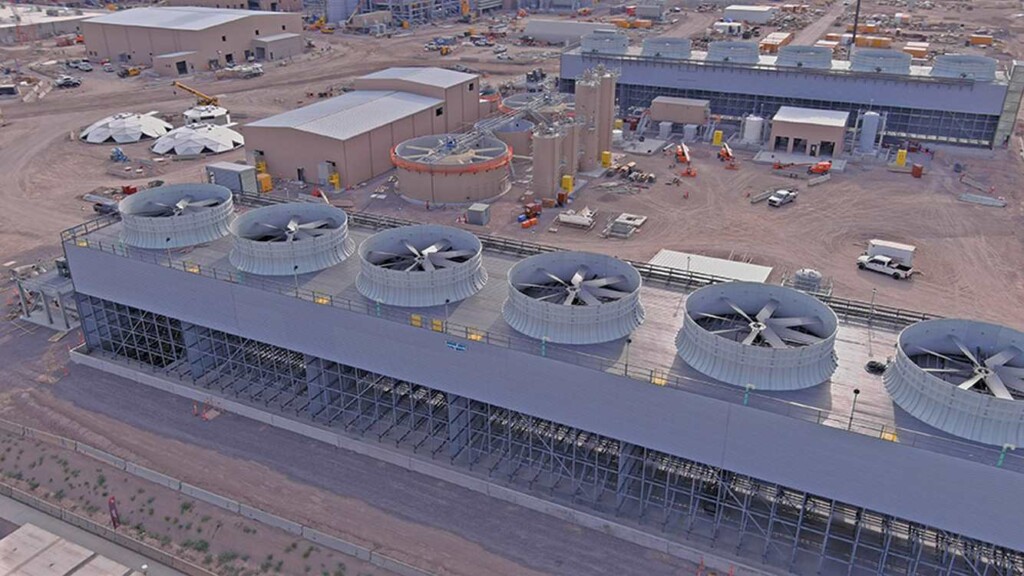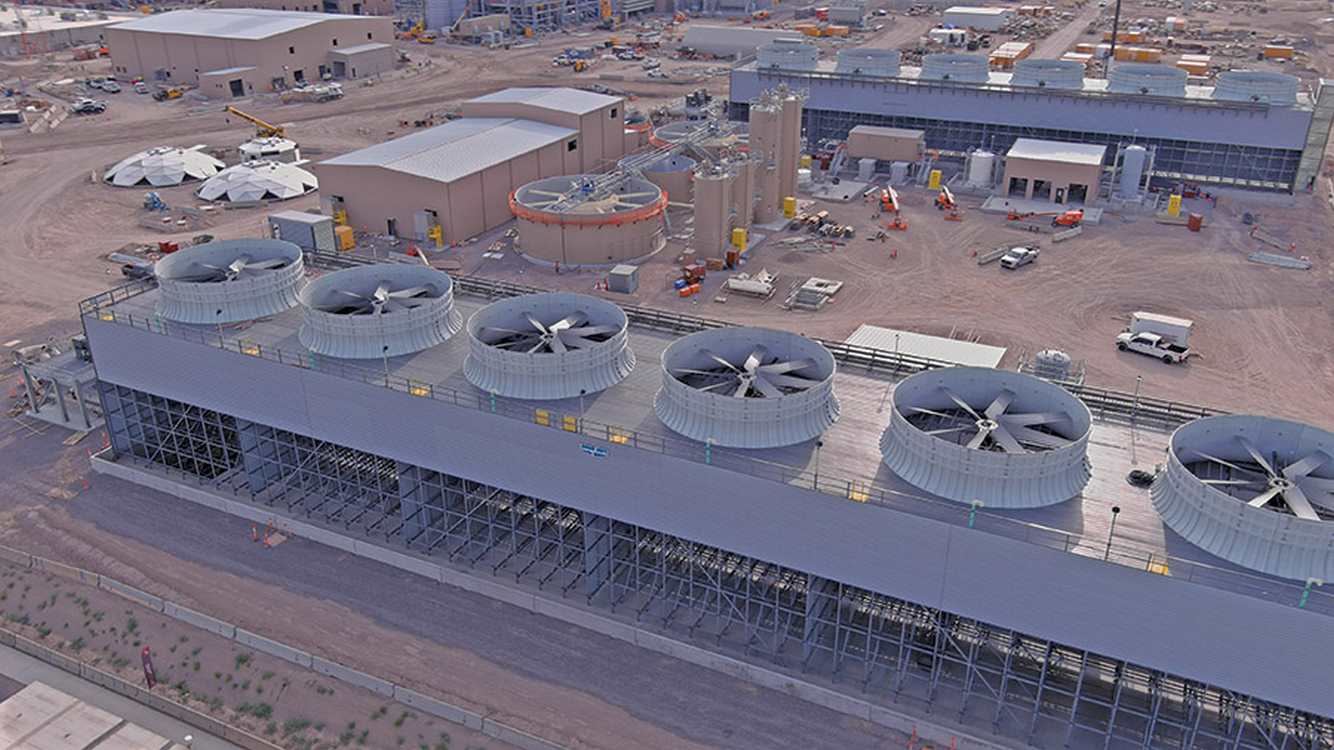
A coal power plant in Utah is set for a green transformation having reached its decommissioning year, as billions are being set aside to use modernize it with hydrogen gas.
A rare geologic feature underneath the plant will allow them to store the gas in copious amounts, making it the perfect place for that transformation to bear fruit.
For four decades, the Intermountain Power Project (IPP) has kept the lights on for hundreds of thousands of Americans in six states. But with an eye on an energy transition to reduce carbon emissions, its contracts for supplying electricity will very soon come to an end.
In 2015, the Intermountain Power Agency (IPA), a union of 23 municipalities that together own both the plant and its grid connection assets, began examining whether or not it would be feasible to replace the coal burners with Mitsubishi gas turbines which could run on a blend of natural gas and hydrogen gas.
7 years later, work began on just such a project, with the idea that 30% of the gas blend would come from hydrogen created by water through electrolysis powered by renewable energy: a true zero-emissions fuel.
Advantages exist to using hydrogen fuel rather than renewable energy. Hydrogen gas is already in a storage form, meaning more can be burned or less depending on a community’s needs, compared to something like solar which has to power something as soon as it’s generated, be stored in a battery, or be lost.
$1.7 billion has been set aside for work around the new generating units at the plant, and $2.7 billion will be spend upgrading IPA’s Southern Transmission System. Three large contracting firms have been brought onboard for the renovations, one of which is The Industrial Co. (TIC) whose project manager Petar Willhite told Engineering News Record that 2,000 employees have put more than 5 million labor hours combined into the project so far.
ALSO CHECK OUT: Old Coal-Fired Power Plant Found the Key to Solving America’s Biggest Clean Energy Challenge
Part of the construction work will involve drilling access tubes down into two vast caverns which together could hold the liquid equivalent of 4.5 million barrels of oil. These will hold the hydrogen and natural gas blend on site, and offer that storage capacity to other partners and plants which may want to transition to hydrogen.
“Through a stroke of good fortune, the original Intermountain Power Project was constructed directly above a geologic salt dome that is uncommon in this part of the country,” says IPA spokesman John Ward.
“That salt dome presented a unique opportunity to develop long-term, large-scale energy storage in addition to the new generating capacity.”
MORE HYDROGEN-POWERED STORIES: Pioneering Zero-Emissions Hydrogen Fuel-Cell-Powered Ship Successfully Tested in Japan
The Dept. of Energy is providing a $504 million loan guarantee for the estimated $1 billion salt dome project called the Advanced Clean Energy Storage Delta. Its initial design will allow it to convert more than 220 MW of renewable energy to 100 metric tons of green hydrogen daily, according to Mitsubishi Power, which is one of the firms behind the Delta project.
All tolled, the renovations not only offer an unprecedented opportunity for energy sharing in the form of the ACES Delta project, but, on the bottom line, will reduce the operating emissions of the plant by 75% as soon as the hydrogen can enter use. If better ways of synthesizing hydrogen gas at scale can be achieved in the future, that number will only climb.
SHARE This Green Transformation In Utah With Your Friends…


Leave a Reply